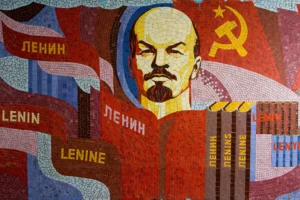
Is Russia a European country?
Delving into history, culture, and geopolitics, this article unravels the intricate relationship between Russia and Europe, addressing the perennial question, “Is Russia a Country in Europe?
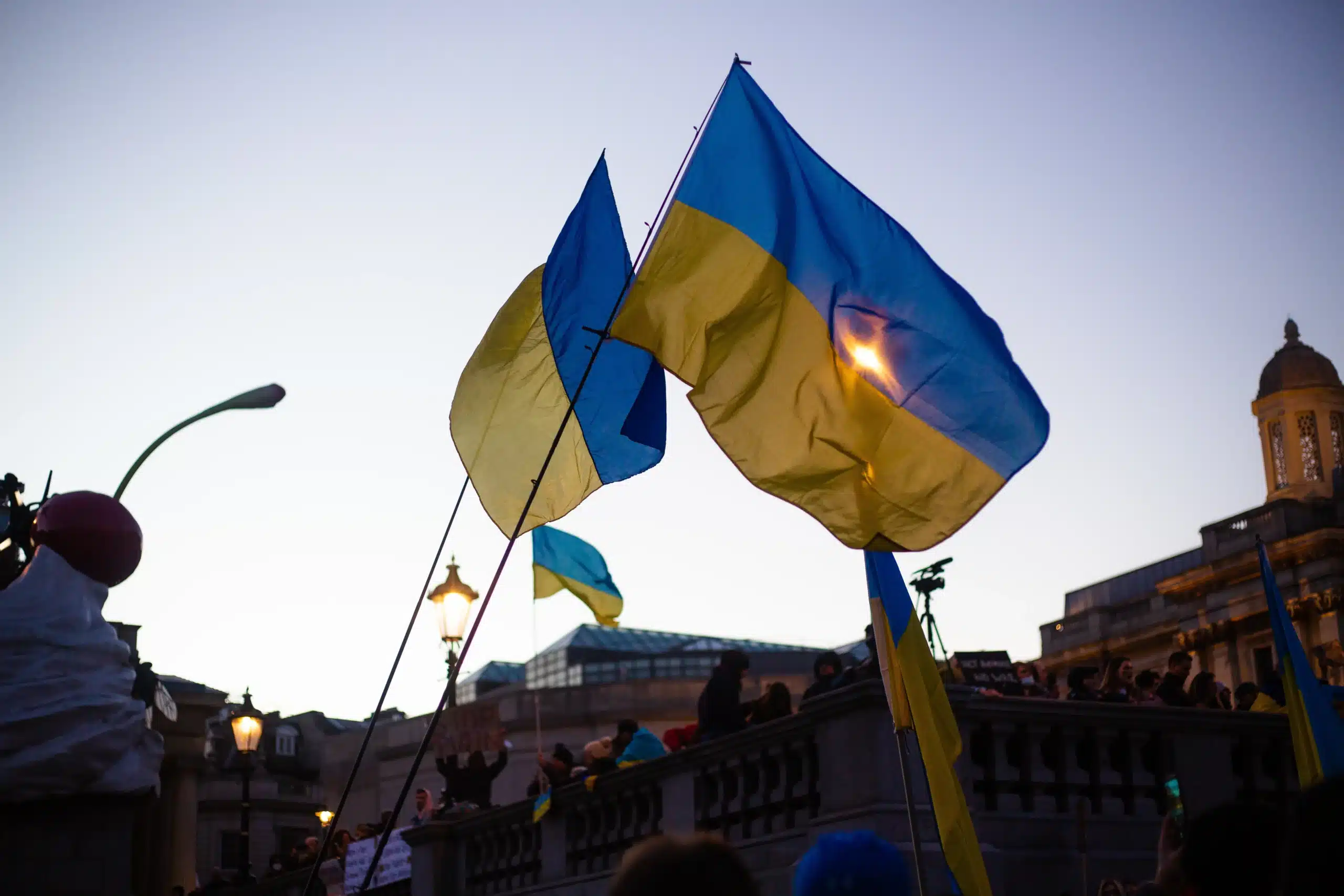
The War in Ukraine, a conflict that has gripped the world’s attention, remains a complex and fluid situation with no immediate resolution in sight. This detailed analysis seeks to unpack the layers of this ongoing war, offering insights into the current state of play, the long road to peace, and the human cost that has continued to climb as the conflict persists.
Based on the comprehensive analysis of the War in Ukraine, here are the main takeaways:
Ongoing Conflict with No Clear Winner: The situation remains complex, with both Ukrainian and Russian forces experiencing victories and setbacks. The fluidity of the conflict underscores the challenges in predicting its outcome.
Significant International Involvement: International reactions, including sanctions against Russia and security agreements supporting Ukraine, play a crucial role in shaping the conflict’s dynamics. The global community’s involvement underscores the geopolitical significance of the war.
Challenges to Peace Efforts: Efforts to end the war face significant obstacles, including geopolitical dynamics and the profound human and economic costs. Multilateral agreements and international support are critical yet challenging to achieve.
Diverse Strategies for Resolution: Proposals to end the conflict range from military victories to diplomatic negotiations and economic sanctions. A multifaceted approach is essential for a sustainable peace process.
High Human Cost: The war has resulted in substantial casualties on both sides, with recent data indicating around 320,000 Russian and approximately 70,000 Ukrainian casualties. This highlights the devastating human toll of the conflict.
Ukraine’s Resilience: Despite the challenges, Ukraine’s determination and international support enhance its resilience and capacity to continue resisting Russian aggression.
Complex Path to Victory: Achieving a decisive victory is fraught with challenges, including overcoming Russian military capabilities and managing the prolonged nature of the conflict.
Urgent Need for Peace: The ongoing human suffering and the destabilizing effects of the war on regional and global stability underscore the urgent need for a resolution that addresses the root causes of the conflict.
As of 2024, the War in Ukraine remains deeply entrenched, with neither Ukraine nor Russia able to claim an outright victory. The situation on the ground is characterized by a series of strategic maneuvers and counter-maneuvers, reflecting the complex nature of modern warfare. Russian forces have seen some territorial gains, notably the withdrawal of Ukrainian forces from the eastern town of Avdiivka, celebrated by Russia as a significant victory. However, these gains are mirrored by Ukrainian advances in regions like near Kharkiv, illustrating the see-saw nature of the conflict.
Strategically, the war is a chessboard, with both sides experiencing victories and setbacks. The conflict‘s fluidity makes it challenging to predict future developments, underscoring the uncertainty surrounding the war’s eventual outcome. This uncertainty is further compounded by international dynamics, including the imposition of sanctions on Russia by the US following the death of Alexei Navalny, and a forthcoming security agreement between France and Ukraine, set to be signed in Paris, signaling the international community’s vested interest in the region’s stability.
The geopolitical landscape of the War in Ukraine is influenced significantly by international reactions and developments. The recent sanctions imposed by the United States on Russia mark a continued effort by the West. They aim to penalize Moscow for its actions in Ukraine and elsewhere. These sanctions, coupled with international support for Ukraine, play a crucial role. This includes military aid and diplomatic backing, shaping the conflict’s dynamics.
Furthermore, the anticipated security agreement between France and Ukraine exemplifies the European Union’s support for Kyiv amidst the ongoing conflict. This agreement, alongside discussions on Ukraine’s EU membership challenges, highlights the broader geopolitical implications of the war, extending beyond the immediate region to involve global powers and international institutions.
The war’s impact on the lives of ordinary Ukrainians is immense. Many face displacement, uncertainty, and the harsh realities of conflict daily. The situation remains dire. The war causes significant human, economic, and political repercussions. These repercussions will likely resonate for years to come.
Predicting the end of the War in Ukraine is akin to forecasting the unpredictable. Experts suggest that the conflict could stretch well beyond 2024, fueled by a myriad of factors including Russia’s unwavering commitment to the war, Ukraine’s resolute determination to resist, and the complex challenges both sides face on the battlefield. This protracted engagement has evolved into a war of attrition, with neither side showing signs of significant breakthroughs that could signal an end to hostilities.
The complexity of the conflict is further exacerbated by the geopolitical stakes involved, with both regional and global powers vested in the outcome. This has resulted in a deadlock, with the war’s conclusion seemingly out of reach in the immediate future.
Efforts to bring an end to the conflict have been numerous but have yet to yield a lasting resolution. Calls for multilateral agreements involving key stakeholders, including Ukraine, Russia, and other international actors, have been made in hopes of negotiating a peace deal. However, the path to peace is fraught with challenges:
Geopolitical Dynamics: The involvement of major global powers adds layers of complexity to the negotiation process.
Exhaustion within Ukrainian Society: The prolonged nature of the conflict has taken a toll on the resilience of the Ukrainian people.
Economic and Human Costs: The significant destruction wrought by the war has led to extensive human and economic losses, complicating recovery efforts.
| Efforts to End the War | Challenges Facing Peace Efforts |
| Multilateral Agreements | Geopolitical Dynamics |
| Calls for a Ceasefire | Exhaustion within Ukrainian Society |
| International Diplomatic Efforts | Economic and Human Costs |
For more on the challenges of Ukraine’s path to EU membership and its implications for the conflict, visit Ukraine’s EU Membership Challenges.
The prospects for peace remain dim. The war’s complex nature and the vested interests of various international actors complicate efforts to find a resolution. Despite this, the quest for an end to the hostilities continues. It’s underscored by the ongoing human suffering and the desire for stability in the region.
The War in Ukraine continues to unfold with no clear end in sight. Experts and international bodies have proposed various strategies aimed at bringing peace to the region. These solutions, while diverse, all seek to address the root causes of the conflict. They aim to chart a course towards a sustainable resolution.Key proposals include:
Multilateral Agreements: Crafting a comprehensive peace deal involving Ukraine, Russia, and other key international stakeholders. This approach aims at creating a legally binding framework that addresses the core issues of the conflict.
Victory for Ukraine: Some argue that a decisive Ukrainian military victory could force Russia to negotiate peace on terms favorable to Ukraine.
Post-Conflict Reconstruction: A significant focus on rebuilding Ukraine‘s infrastructure, boosting its economy, and integrating refugees back into society.
Diplomatic Engagement: Engaging Russia in dialogue to address grievances and promote regional stability, possibly building on initiatives like the Minsk Agreements.
Sanction Compliance: Intensifying sanctions against Russia to limit its war capabilities and pressuring it economically to seek peace.
Implementing these solutions faces numerous hurdles, including Russia’s aggressive stance and the international community’s divided response. Achieving a durable peace will require a multifaceted approach, combining military, diplomatic, and economic strategies tailored to the conflict’s unique dynamics.
For more insights into the geopolitical complexities, including the role of sanctions, visit Washington’s Endgame in Ukraine.
The international community plays a pivotal role in shaping the trajectory of the War in Ukraine. Through diplomatic efforts, economic sanctions, and military support, global powers have the potential to influence the conflict’s outcome significantly. However, a unified approach is crucial for these efforts to bear fruit.
Sanctions: Targeted economic sanctions against Russia aim to curtail its military capabilities and push it towards the negotiating table.
Diplomatic Support: International diplomatic backing for Ukraine strengthens its position in seeking a resolution.
Humanitarian Aid: Providing aid to those affected by the conflict helps mitigate the human cost and supports Ukraine’s resilience.
The complex interplay of international relations and internal dynamics within Ukraine and Russia makes the path to peace uncertain. Yet, the concerted efforts of the global community remain a beacon of hope for an eventual resolution.
As we conclude this analysis of the War in Ukraine, it’s clear that the road to peace is fraught with challenges. Resolving the conflict requires strategic military and diplomatic efforts. It also requires a deep understanding of the historical, political, and social context that has shaped this crisis. The War in Ukraine is not just a regional conflict. It’s a reflection of broader geopolitical tensions. These tensions demand careful, nuanced handling by all involved parties.
The spirit of resilience and determination exhibited by Ukraine in the face of overwhelming odds has been a cornerstone of its defense strategy. The unwavering support from the Ukrainian populace for their military and government underscores a national consensus: the belief in a victorious outcome against Russia. This internal solidarity is bolstered by substantial international support, which has manifested in military aid, financial assistance, and diplomatic backing from Western allies.
Military Aid: Ukraine has received critical military supplies and training from Western nations, enhancing its defense capabilities.
Financial Assistance: Economic aid has been crucial in stabilizing Ukraine’s economy amidst the war.
Diplomatic Solidarity: Global diplomatic support has lent Ukraine legitimacy and confidence on the international stage.
For a deeper dive into the geopolitics surrounding the conflict, including the intricacies of international alliances and their impact on the war, refer to China and Russia Alliance Debunked.
Despite the high morale and international backing, Ukraine faces formidable challenges in its quest for victory. The Russian military’s size, its advanced arsenal, and the strategic deployment of its forces present significant obstacles. Furthermore, the protracted nature of the conflict has strained Ukraine’s resources and infrastructure, posing additional hurdles in sustaining a prolonged defense effort.
Resource Strain: Maintaining an extended military campaign has put a strain on Ukraine’s resources, from manpower to munitions.
Infrastructure Damage: Continued attacks have devastated critical infrastructure, complicating logistics and civilian support.
Psychological Warfare: Russia’s use of information warfare aims to undermine Ukrainian morale and global support.
The toll on Russian forces has been substantial, with estimates suggesting significant numbers of troops killed or wounded. These figures, though contested, highlight the intense and costly nature of the conflict for Russia. The losses not only impact military capabilities but also have broader implications for Russian society and its perception of the war.
For an analysis of the geopolitical implications of the conflict, including its impact on regional stability and international relations, explore Russia’s Geopolitical Landscape.
Ukraine has also endured heavy losses, with thousands of soldiers sacrificing their lives in defense of their country. The impact extends beyond the battlefield, affecting families and communities across the nation. The bravery and sacrifices of Ukrainian soldiers underscore the deep national commitment to resisting aggression and defending sovereignty.
It’s evident that the conflict is more than a territorial dispute; it’s a testament to the resilience of the Ukrainian people and the complexities of modern geopolitical tensions. The path to peace remains uncertain, with both sides facing significant challenges and losses. However, the enduring spirit of the Ukrainian people, coupled with international support, offers a glimmer of hope for a resolution that honors the sacrifices made.
The visualization above compares the confirmed deaths of officers between Russian and Ukrainian forces in the Russo-Ukrainian War up to February 2024.
The War in Ukraine is a stark reminder of the costs of conflict and the value of striving for peace and stability in an increasingly interconnected world.

Delving into history, culture, and geopolitics, this article unravels the intricate relationship between Russia and Europe, addressing the perennial question, “Is Russia a Country in Europe?

China and Russia: Debunking the Myth of a Powerful Alliance
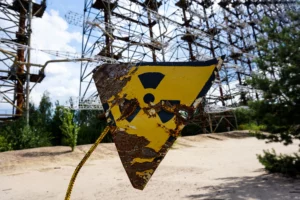
Unraveling Geopolitical Chaos: The Dam Destruction and Ukraine’s Counter-Offensive in the Face of Nuclear Armageddon.
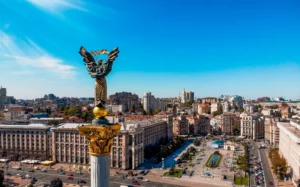
Explore the path to resolving tensions and building a harmonious future for the nation.
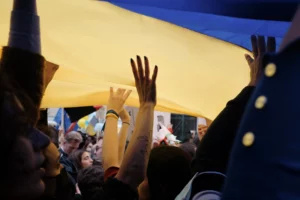
Gain insights into the ongoing conflict with Russia and the importance of sustained support. Read more for a comprehensive understanding of Ukraine’s European journey.